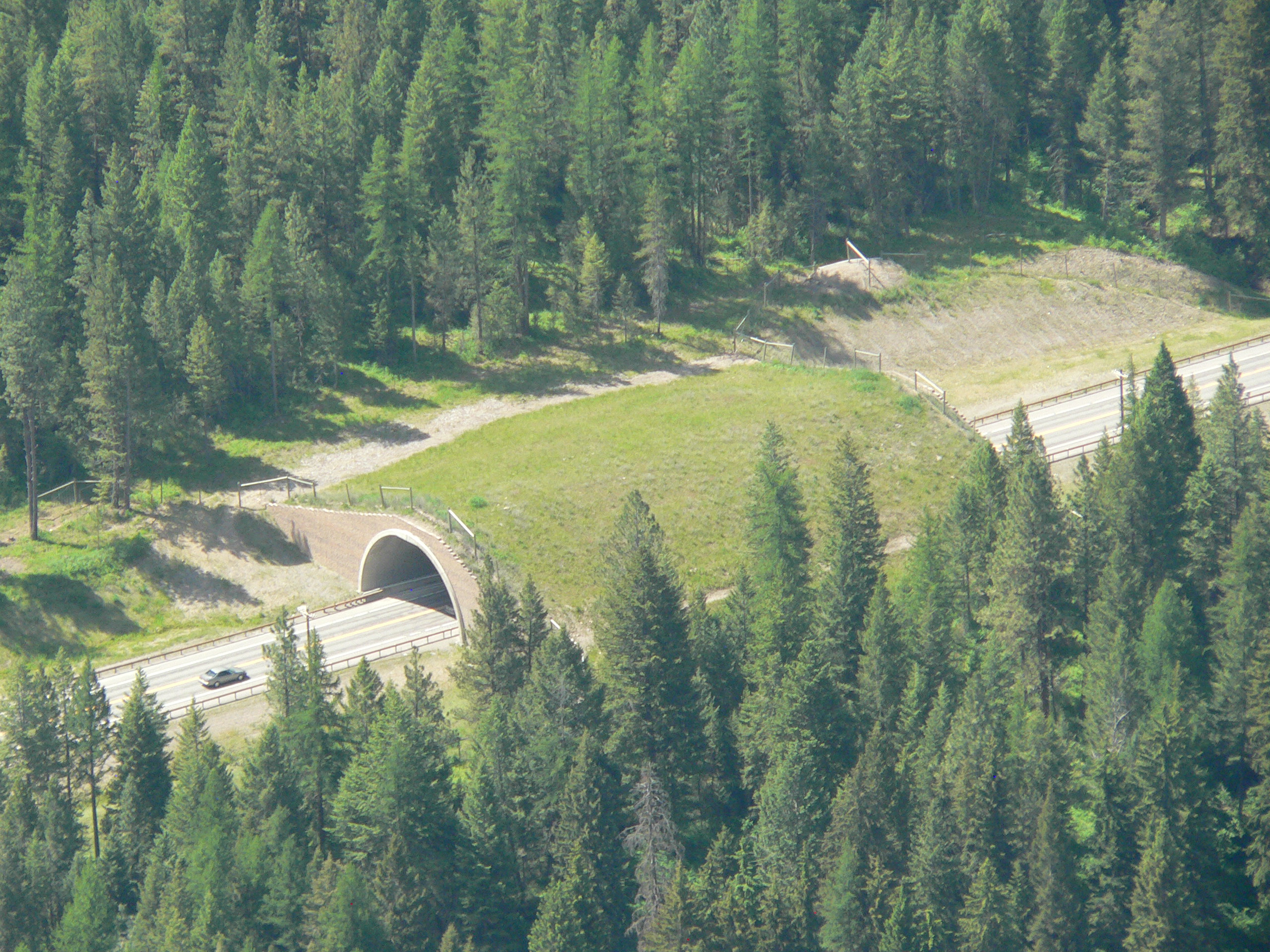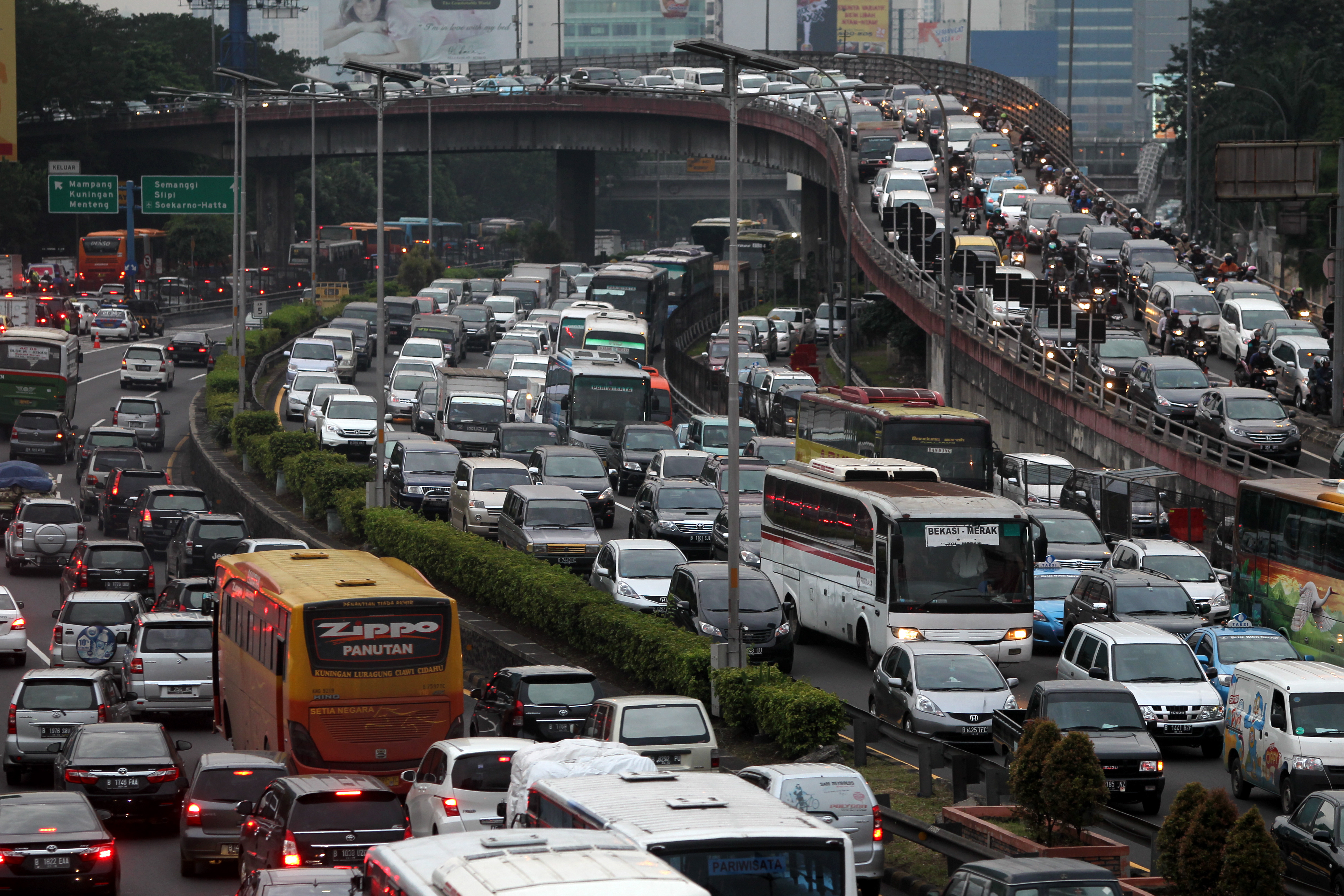
The traditional "Deer Crossing" warning wasn't getting it done in Ford County, Illinois. Now the road signs read "Suicidal Deer."
While animal impacts make up less than 1 percent of U.S. fatal road incidents, they cause almost 29,000 injuries and $1 billion in property damage a year, according to federal Department of Transportation reports. And that's injuries to people; the animals involved usually die.
"People assume deer will learn to look both ways, and the dumb ones will be selected out of the population," said Sandra Jacobson, a wildlife biologist with the U.S. Forest Service's Pacific Southwest Research Station in Davis, California. "That's not going to happen. You think surely they will figure out they have to move, yet sometimes they make the completely incorrect response. That's because they have sensory perceptions that make that impossible to happen."
Motorists report about 1.2 million wildlife collisions every year. In the Forest Service, hitting an animal is the No. 1 or 2 cause of vehicle damage in annual reports, challenged only by backing into something in the parking lot.
Where the wild animal is an endangered wolverine or grizzly bear, the issue more than a traffic matter. It can be a matter of species survival.
"As more and more folks move to the West and populations increase, a big item is making highways even better," said Montana Fish, Wildlife and Parks bear manager Jamie Jonkel. "But it's only going to get harder and tougher for wildlife. "Vehicles are going down these straight-line, paved rocket-shooters, and the bullets are cars."
In 2015, drivers killed three federally protected grizzly bears on a single Montana highway. But the next highway over the mountains has one of the most advanced wildlife mitigation complexes in North America. A 56-mile stretch along the Mission Mountains has 41 crossing structures, including one massive "Animals' Bridge" allowing wildlife to walk above the cars.
At least 24 animal species use the network of over- and underpasses, ranging from domestic cats to mountain lions and from mink to grizzly bears. The biggest user, and biggest former cause of accidents on that stretch of U.S. Highway 93, is whitetail deer.
Experience with that crossing network has been so in demand, the Montana Department of Transportation has formed partnerships with sister agencies as far away as Mongolia to share techniques.
"We've been studying road congestion for 100 years, and human safety for 100 years, but if you look at the field of road ecology and wildlife impacts, the field is maybe 20 years old," said Pat McGowen, a researcher at the Western Transportation Institute at Montana State University. "We're still trying to learn what the true impact is. It's easy to count deaths, but habitat fragmentation is a more complicated issue. There isn't really a national guidebook that says for this road and this situation, you need this mitigation. We're not there yet. But we're not as far in the wilderness as we used to be."






